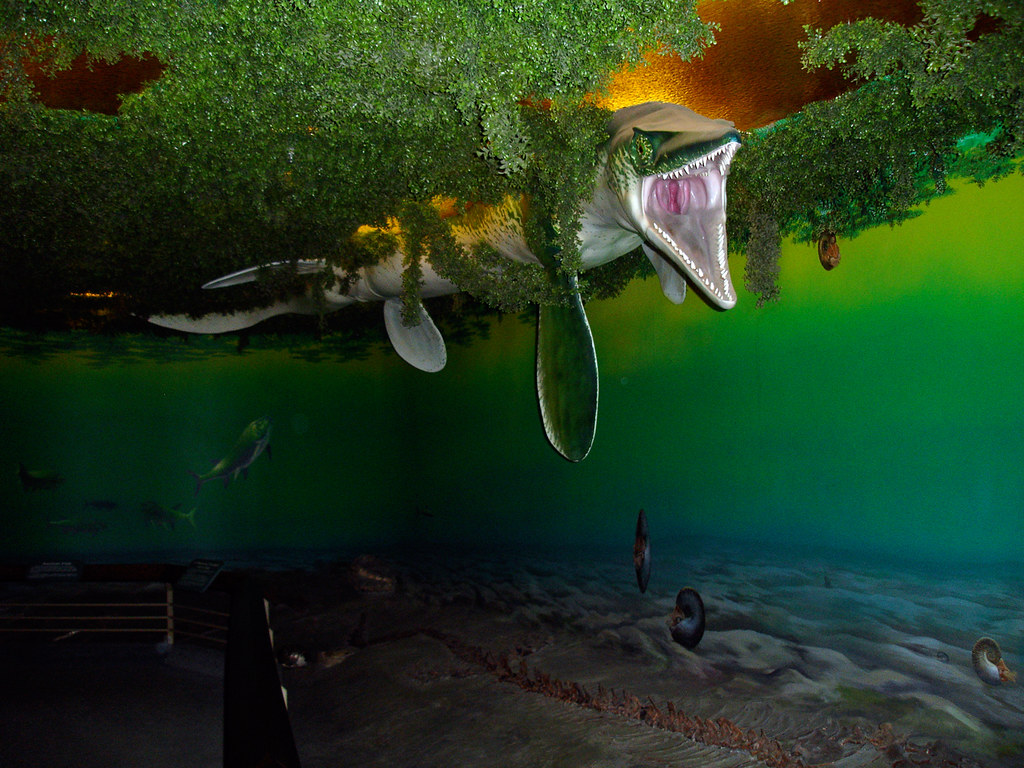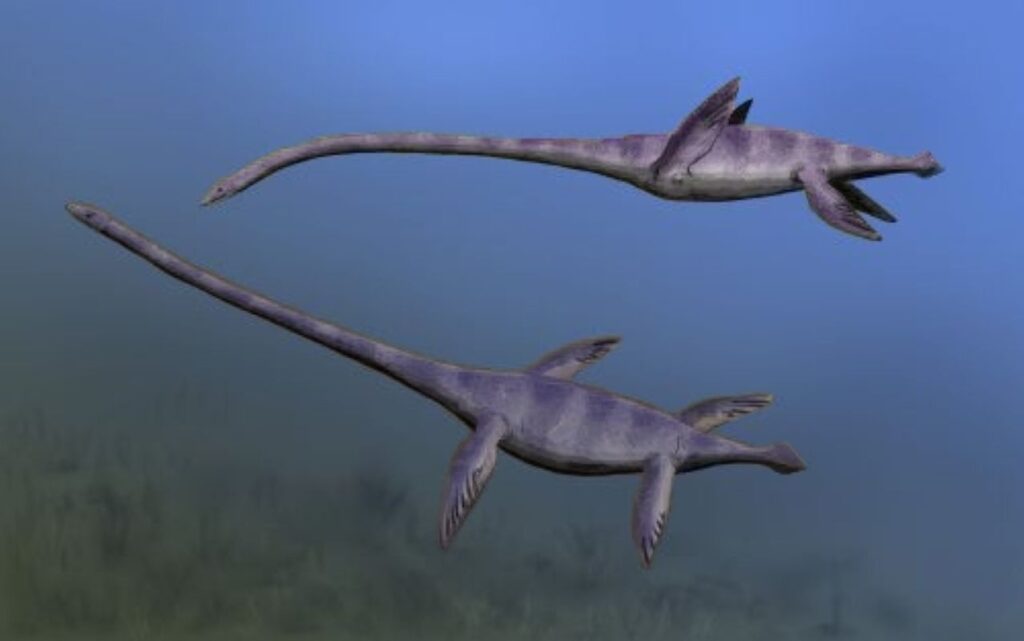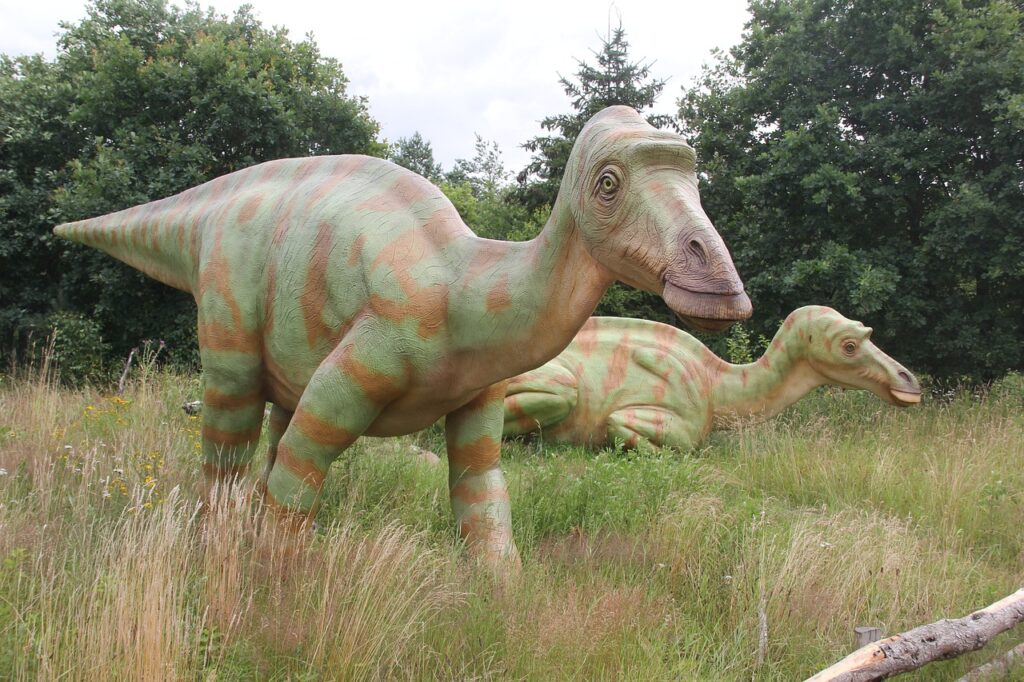When you spot a pigeon pecking crumbs on the street or watch an eagle soar overhead, you’re witnessing living dinosaurs in action. This might sound like science fiction, but it’s one of the most fascinating scientific discoveries of our time. The connection between birds and dinosaurs isn’t just a theory anymore – it’s backed by overwhelming evidence that has transformed our understanding of both ancient life and the creatures sharing our world today.
The story connecting birds to dinosaurs stretches back millions of years and involves remarkable fossil discoveries, cutting-edge research, and a complete reimagining of what dinosaurs were really like. From feathered fossils in China to the iconic Archaeopteryx, the evidence keeps mounting that birds didn’t just evolve from dinosaurs – they actually dinosaurs.
The Scientific Consensus: Birds Are Living Dinosaurs

The present scientific consensus is that birds are a group of maniraptoran theropod dinosaurs that originated during the Mesozoic era. This isn’t just speculation or wishful thinking from paleontologists – it’s supported by decades of research across multiple scientific disciplines. The strength of the hypothesis that birds evolved within maniraptoran theropod dinosaurs is manifested by the convergent results of a diversity of studies within a multitude of scientific disciplines. Today, the theropod origin of birds is supported by a wealth of evidence ranging from skeletal anatomy to molecular data.
There’s no longer really any doubt that birds are a type of dinosaur. These days, the debate is about details. What makes this even more remarkable is that birds didn’t just come from dinosaurs, they are dinosaurs – a statement that would have shocked scientists just a few decades ago.
Scientists today classify birds as members of the dinosaur family tree, specifically within a group called theropods. Modern phylogenies place birds in the dinosaur clade Theropoda. This means that when dinosaurs supposedly went extinct 66 million years ago, they didn’t actually disappear – one branch of their family tree kept flying.
Theropod Dinosaurs: The Bird Ancestors
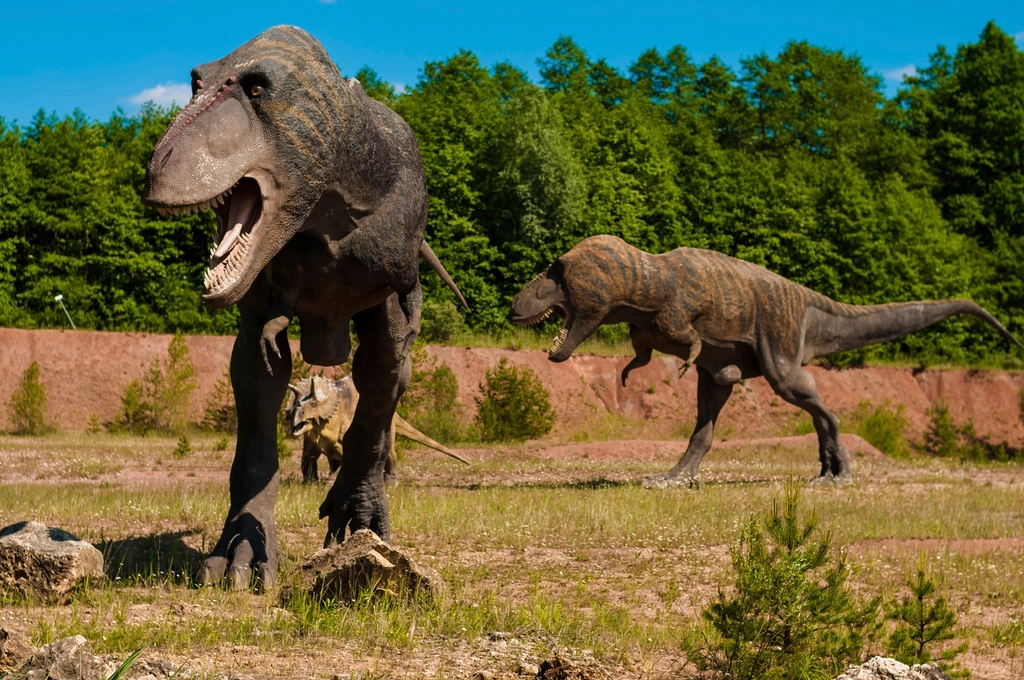
Modern birds descended from a group of two-legged dinosaurs known as theropods, whose members include the towering Tyrannosaurus rex and the smaller velociraptors. You might be surprised to learn that your backyard robin shares ancestry with fearsome predators like T. rex, but the connection becomes clearer when you understand what theropod dinosaurs were really like.
Theropods, both extant and extinct, are characterized by hollow bones and three toes and claws on each limb. Does that sound familiar? Modern birds have exactly these same features. Theropod (carnivorous) dinosaurs spanned a range from chicken-sized to elephant-sized animals. The primary mode of locomotion in these dinosaurs was fairly conservative: Theropods were erect, digitigrade, striding bipeds.
The theropods most closely related to birds were quite different from the giant predators we often imagine. The theropods most closely related to avians generally weighed between 100 and 500 pounds – giants compared to most modern birds – and they had large snouts, big teeth, and not much between the ears. However, members of the subgroup Coelurosauria were most likely all covered with feathers, and it is possible that they were also present in other theropods. In the Jurassic, birds evolved from small specialized coelurosaurian theropods, and are currently represented by about 11,000 living species, making theropods the only group of dinosaurs alive today.
Archaeopteryx: The Famous Transitional Fossil

Archaeopteryx seemed to confirm Darwin’s theories and has since become a key piece of evidence for the origin of birds, the transitional fossils debate, and confirmation of evolution. This remarkable creature, discovered in Germany, has been called the most important fossil taxon of all time and represents one of the clearest examples of a transitional form between dinosaurs and modern birds.
Archaeopteryx is considered by many to be the first bird, being of about 150 million years of age. It is actually intermediate between the birds that we see flying around in our backyards and the predatory dinosaurs like Deinonychus. What makes Archaeopteryx so extraordinary is how it perfectly bridges the gap between reptiles and birds.
Unlike all living birds, Archaeopteryx had a full set of teeth, a rather flat sternum (“breastbone”), a long, bony tail, gastralia (“belly ribs”), and three claws on the wing which could have still been used to grasp prey (or maybe trees). However, its feathers, wings, furcula (“wishbone”) and reduced fingers are all characteristics of modern birds. This incredible mix of features shows evolution in action – some traits already bird-like, others still distinctly dinosaurian.
The discovery coincided with the publication of Darwin’s “On the Origin of Species,” and the specimen, dubbed the London Specimen, seemed to confirm his theories. Archaeopteryx has since become central to the understanding of evolution.
Feathers: Not Just for Flight

One of the most striking discoveries has been that feathers didn’t originally evolve for flight. Discoveries have shown that bird-specific features like feathers began to emerge long before the evolution of birds, indicating that birds simply adapted a number of pre-existing features to a new use. This completely changed how scientists think about the evolution of flight.
Even in the dinosaurs that survived, feathers did not first evolve for flight. Early feathers were functional for dinosaurs in other ways before becoming more complex like quills and then evolving into wings. Although they were flightless, their feathers kept them warm, and were likely useful for display, to intimidate rivals, and to court mates. Feathers could signal to potential partners, “Hey, I’m a virile young dinosaur!” or “Hey, I’m available to copulate!”
The fossil record shows us a fascinating progression of feather types. In theropods even more closely related to birds, like the oviraptorosaurs, we find several new types of feathers. One is branched and downy, as pictured below. Others have evolved a central stalk, with unstructured branches coming off it and its base. Still others (like the dromaeosaurids and Archaeopteryx) have a vane-like structure in which the barbs are well-organized and locked together by barbules. This is identical to the feather structure of living birds.
Since the 1990s, a number of additional feathered dinosaurs have been found, providing even stronger evidence of the close relationship between dinosaurs and modern birds. These discoveries have painted a picture of the dinosaur world that’s far more colorful and feathery than anyone imagined decades ago.
Anatomical Evidence: Shared Body Features

When scientists examine bird and theropod dinosaur anatomy side by side, the similarities are striking. Many anatomical features are shared by birds and other theropod dinosaurs. These aren’t just superficial resemblances – they represent deep structural connections that reveal shared ancestry.
Fossil evidence also demonstrates that birds and dinosaurs shared features such as hollow, pneumatized bones, gastroliths in the digestive system, nest-building, and brooding behaviors. The hollow bones are particularly telling because they serve the same function in both groups – reducing weight while maintaining strength.
The next time you’re having turkey dinner, look at the upper arm bone and you will see this distinctive flange called the deltopectoral crest. No other living animals have that and the only extinct group of animals that had it were dinosaurs. It’s fascinating to think that this dinner table observation connects us directly to creatures that lived hundreds of millions of years ago.
Dromaeosaurids and other maniraptorans also showed increased mobility at the wrist not seen in other theropods, thanks to the presence of a specialized half-moon shaped wrist bone (the semi-lunate carpal) that allowed the whole hand to fold backward towards the forearm in the manner of modern birds. This specialized wrist joint would later become crucial for the wing-folding motion that makes bird flight so efficient.
Behavioral Connections: Actions Speak Louder

The connection between birds and dinosaurs goes beyond just bones and feathers – it extends to behavior as well. Snapshots of ancient behavior revealed by a handful of exceptional fossils have also provided support to the hypothesis that birds evolved from maniraptoran theropods. These behavioral clues paint a picture of dinosaurs that were far more bird-like than previously imagined.
One suggestion comes from some remarkable fossils of oviraptorosaurs preserved in the Cretaceous sediments of the Gobi Desert. The skeleton of the animal is hunched up on a nest of eggs, like a brooding chicken. The hands are spread out over the eggs as if to shelter them. So perhaps these feathers served the function of warming the eggs and shielding them from harm.
This trace constitutes evidence that an Early Jurassic theropod expressed two bird-like features: anatomical restriction to a palms-medial manual posture, and symmetrical leg positions while resting. Even the way some dinosaurs sat and rested mirrors what we see in modern birds today.
Birds inherit their bipedalism from theropods, explaining why they evolved flight using just their forelimbs, unlike bats or pterosaurs. This explains why birds are the only vertebrates that fly using just their arms while keeping their legs free for walking and perching.
The Evolutionary Timeline: From Ground to Sky
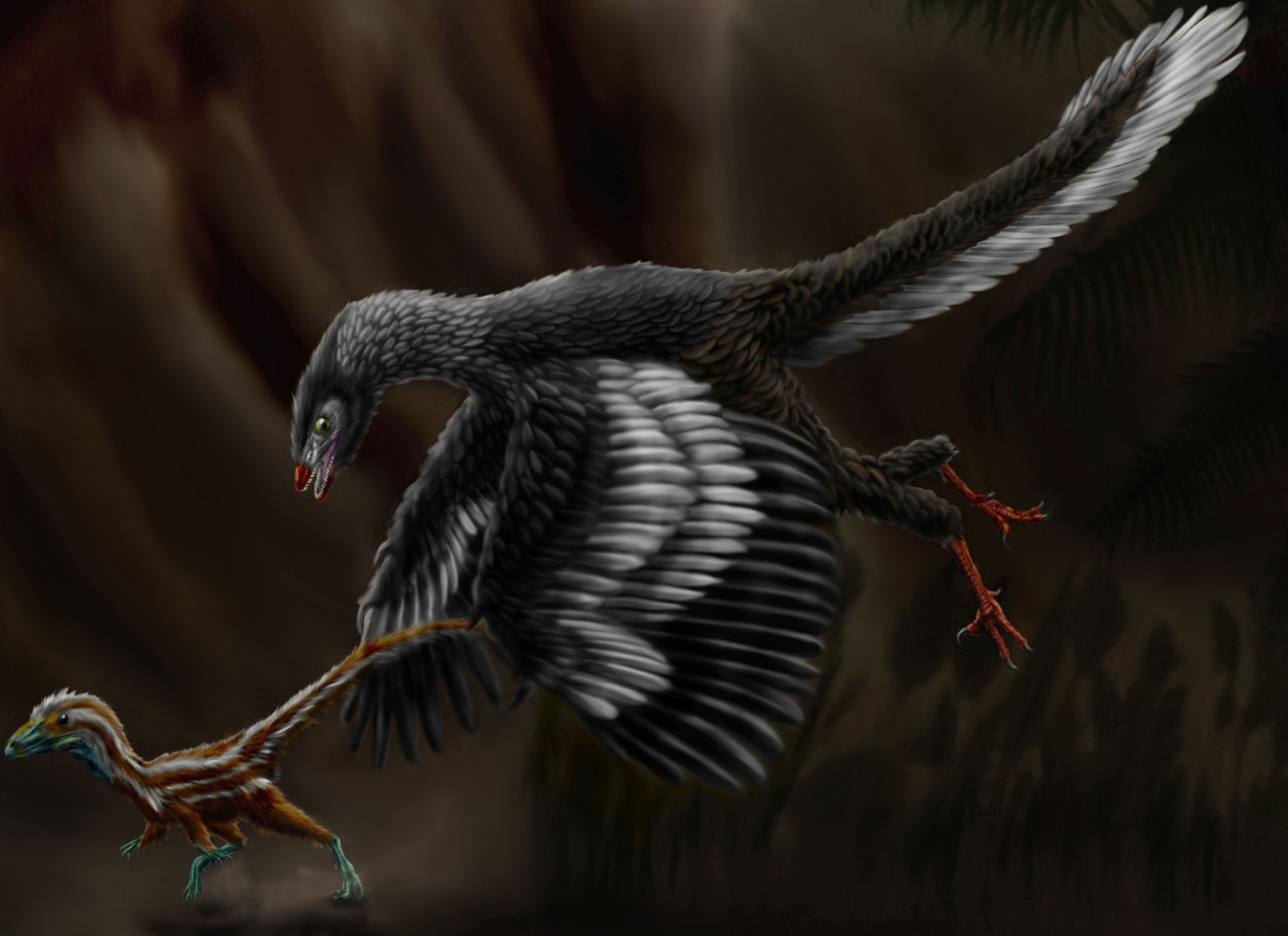
The gradual evolutionary change – from fast-running, ground-dwelling, bipedal theropods to small, winged, flying birds – probably started about 160 million years ago. It was possibly due to a move by some small theropods into trees in search of either food or protection. This transition wasn’t sudden – it happened gradually over millions of years.
Birds evolved from theropod dinosaurs during the Jurassic (around 165–150 million years ago) and their classic small, lightweight, feathered, and winged body plan was pieced together gradually over tens of millions of years of evolution rather than in one burst of innovation. This gradual change challenges the old idea that major evolutionary transitions happen in sudden jumps.
During the course of their evolutionary history, the body size of some theropod groups gradually decreased. This trend, together with many other changes to the skeleton, ultimately led to the appearance of birds. New research suggests that bird ancestors shrank fast, indicating that the diminutive size was an important and advantageous trait, quite possibly an essential component in bird evolution.
Early birds diversified throughout the Jurassic and Cretaceous, becoming capable fliers with supercharged growth rates, but were decimated at the end-Cretaceous extinction alongside their close dinosaurian relatives. After the mass extinction, modern birds (members of the avian crown group) explosively diversified, culminating in more than 10,000 species distributed worldwide today.
Modern Evidence: Beyond Fossils

The evidence for bird-dinosaur relationships extends far beyond fossils into cutting-edge scientific techniques. Studies of dinosaurian growth rates, based on details preserved in the fossilized tissue of their bones, have documented that these animals, once believed to be slow-growing, actually grew at speeds comparable to many living birds (Erickson et al. 2001), and special bone tissues, such as the medullary bone characteristic of ovulating birds, have been documented in a female T. rex (Schweitzer et al. 2005).
Evidence in support of the evolutionary transition between nonavian dinosaurs and birds has also been uncovered from disciplines as far-off from classic paleontology as genetics. Studies correlating the sizes of bone cells and genomes (the entire genetic material of an organism) have revealed that the mighty T. rex and its fearsome kin had the small genomes typical of modern birds.
Birds are super efficient breathers because they take in oxygen when they breathe in and breathe out. For every one bird breath, humans would need to take two! Like birds of today which have air sacs that extend out of their lungs and help them take in oxygen during both inhalation and exhalation, paleontologists have found evidence that dinosaurs also had air sacs.
For dinosaurs closest to birds – or, in fact, dinosaurs in general – we have so much evidence that suggests they were warm-blooded, short of actually sticking a thermometer in one. Growth rates and insulation are the smoking gun. They grow fast – we know from cutting up bones – faster than reptiles (including those from the same period), but not quite as fast as modern birds or mammals. For theropods where we can see soft tissue, we can see insulating feathers. All dinosaurs were on the road to becoming warm-blooded, with steps towards faster metabolic rates and very high body temperatures somewhat after the origin of birds.
What This Means for Our Understanding

Drop any preconceptions of dinosaurs, which are likely reptile-centric and warped by Spielberg; the real dinosaurs are outside your window. Yes, birds are dinosaurs. This revelation fundamentally changes how we think about both ancient life and the creatures around us today.
Birds that fill the world’s skies today are living dinosaurs, reminders of a distant and strange past. Decades of major new discoveries and studies have convinced researchers that there’s a direct link between modern bird species and theropod dinosaurs. The next time you see a hawk hunting or a sparrow building a nest, you’re watching dinosaur behaviors that have been refined over hundreds of millions of years.
If birds aren’t dinosaurs, then we have no idea what they are. Birds share so many features with theropods and there are no other candidate fossil groups. When you understand that birds are a type of dinosaur, that the evidence has stacked up, everything starts to make more sense.
Dinosaurs (both non-avian and avian dinosaurs) and birds coexisted for millions of years before non-avian dinosaurs became extinct about 66 million years ago. Avian dinosaurs, however, had already begun evolving a variety of adaptations – including bipedal mobility and feathers – that allowed them to exploit (and survive in) other habitats that were not accessible to non-avian dinosaurs.
The answer to whether birds are dinosaurs isn’t just a scientific curiosity – it’s a testament to the incredible power of evolution to transform life in ways we’re still discovering. Every chirp, every flight, every nest represents millions of years of evolutionary refinement from those ancient theropod ancestors. The dinosaurs never truly went extinct; they just learned to fly and kept evolving in our backyards, forests, and skies. What do you think – does knowing this change how you’ll look at birds from now on?


